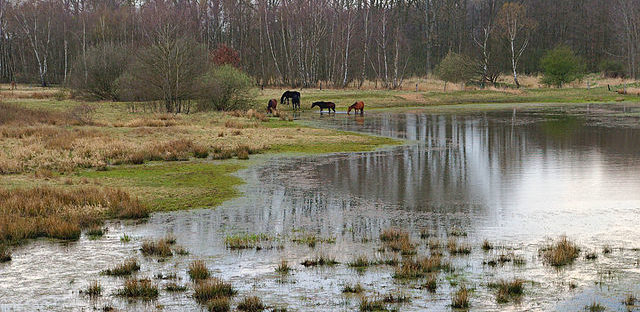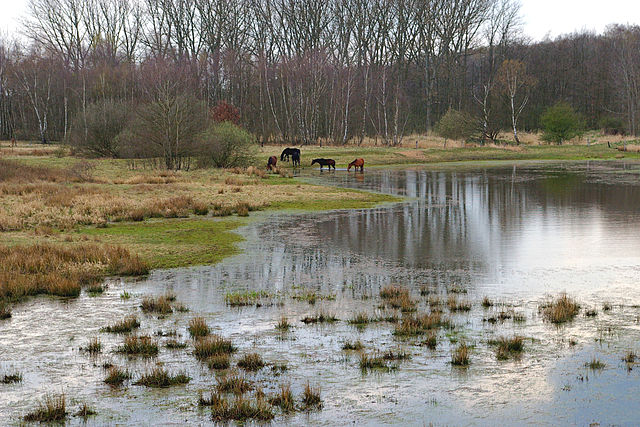- Target: 100% of electricity needs with renewable energy.
- Status: Achieved
- RES: Solar PV systems, biogas facilities, wind turbines, small river-based hydropower, and combined heat and power plant.
- Implementation: The district of Lüchow-Dannenberg is located at the far eastern tip of Lower Saxony (Niedersachsen) in the center of Germany. The district is comprised of 27 cities and has long played role in Germany's energy policy. Today Lüchow-Dannenberg is leading the way on renewable energy.
It began in 1997 when a working group on climate protection and energy set an ambitious target of meeting 100% of Lüchow-Dannenberg's electricity needs with renewable energies. The district was motivated by the need to to improve environmental stewardship, and the need to address high regional unemployment. On May 1, 2011, Lüchow-Dannenberg reached its goal - 4 years ahead of schedule.
The district's power mix is a diverse mix of technologies that generates 300 million kWh annually. 3% of the mix comes from 630 solar PV systems totaling 10 MW. 34% comes from 24 biogas facilities totally 15 MW. And 63% comes from 71 wind turbines totaling 108 MW. There is also some small river-based hydropower. Lüchow-Dannenberg has taken its renewable energy efforts beyond electricity to also include the heating and transportation sectors. For instance, the village of Jameln has a biogas fueling station for vehicles, and the village of Püggen heats all its homes with a combined heat and power plant. One school in Dannenberg is heated entirely from wood chips derived from local forest waste. The district has also created a higher education institution called the Renewable Energy Academy, which offers a range of coursework pertaining to renewables, including science, law, finance and management.
- Population: 48,357 (2017)
- Area: 1,220 km2 (470 sq mi)
- Link: Masterplan „100% Klimaschutz in Lüchow-Dannenberg
- In German
- In German

